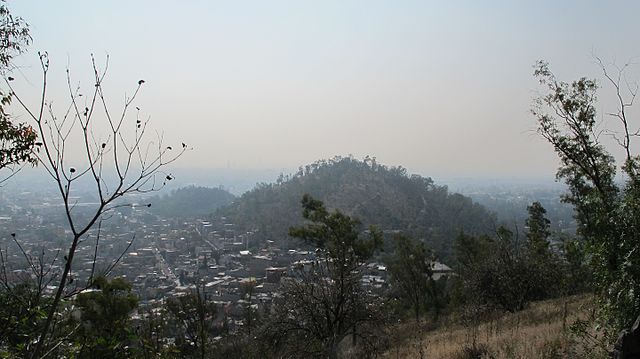
Known variously as “Tepeyacac” or “Tepeaquilla,” the Tepeyac National Park is the site of the famous apparition of Saint Juan Diego who met the Virgin of Guadalupe here in December 1531. Within the park are the Tepeyac (Cemetery) Hill, Cerro de Guerrero and the Cerro de Santa Isabel. The park borders six colonias within the Gustavo A Madero alcaldia.
The main park entrance is off of Insurgentes Avenue, on Ave Huitzilihuitl, after the town of Santa Isabel Tola. Since the ancient period, the area was known as a ceremonial center of importance to the Aztec culture. The goddess Tonatzin is known to have been honored here. Early settlers in the pre-Hispanic period settled on the slopes in nearby places like Ticoman, Tlatilco and Zacatenco. And a series of excavations in the region found human remains in tombs along with ceramic, clay, stone, and obsidian tools, figurines, objects, and ornament and some with clear Olmec influences. Likely other peoples include those from the Teotihuacan culture, Cholulteca and Toltec peoples among others.
The park has been reforested a number of times in the 20th century, and the most prolific species is eucalyptus. There are also cedar, oak, radiata pine, and pine patula pirules. Some smaller areas of grasslands can also be observed. The national park also shares several small hills with the Basilica of Guadalupe.
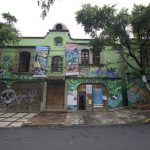
Nearest at 0.35 kms.
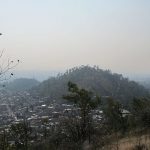
Nearest at 0.76 kms.
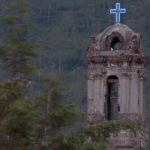
Nearest at 0.93 kms.

A planned temple and sanctuary dedicated to the first saint indigenous to the Americas . . .

A fantastic place for eating just outside the basilica . . .
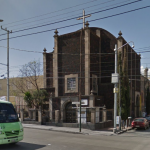
A very old church calls to mind the long history of the Villa Guadalupe Hidalgo . . .

A fantastic place for lunch just outside La Villa . . .